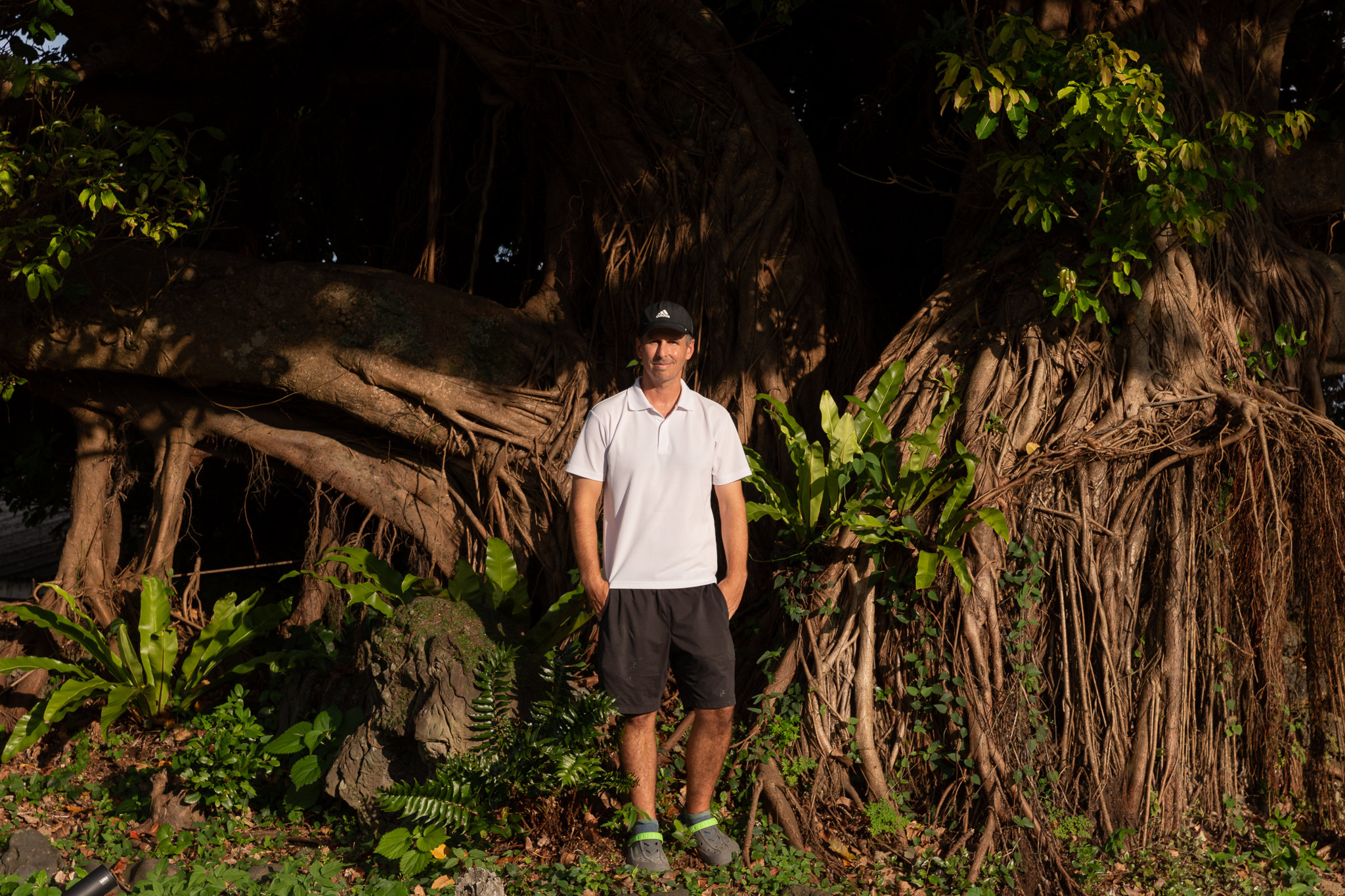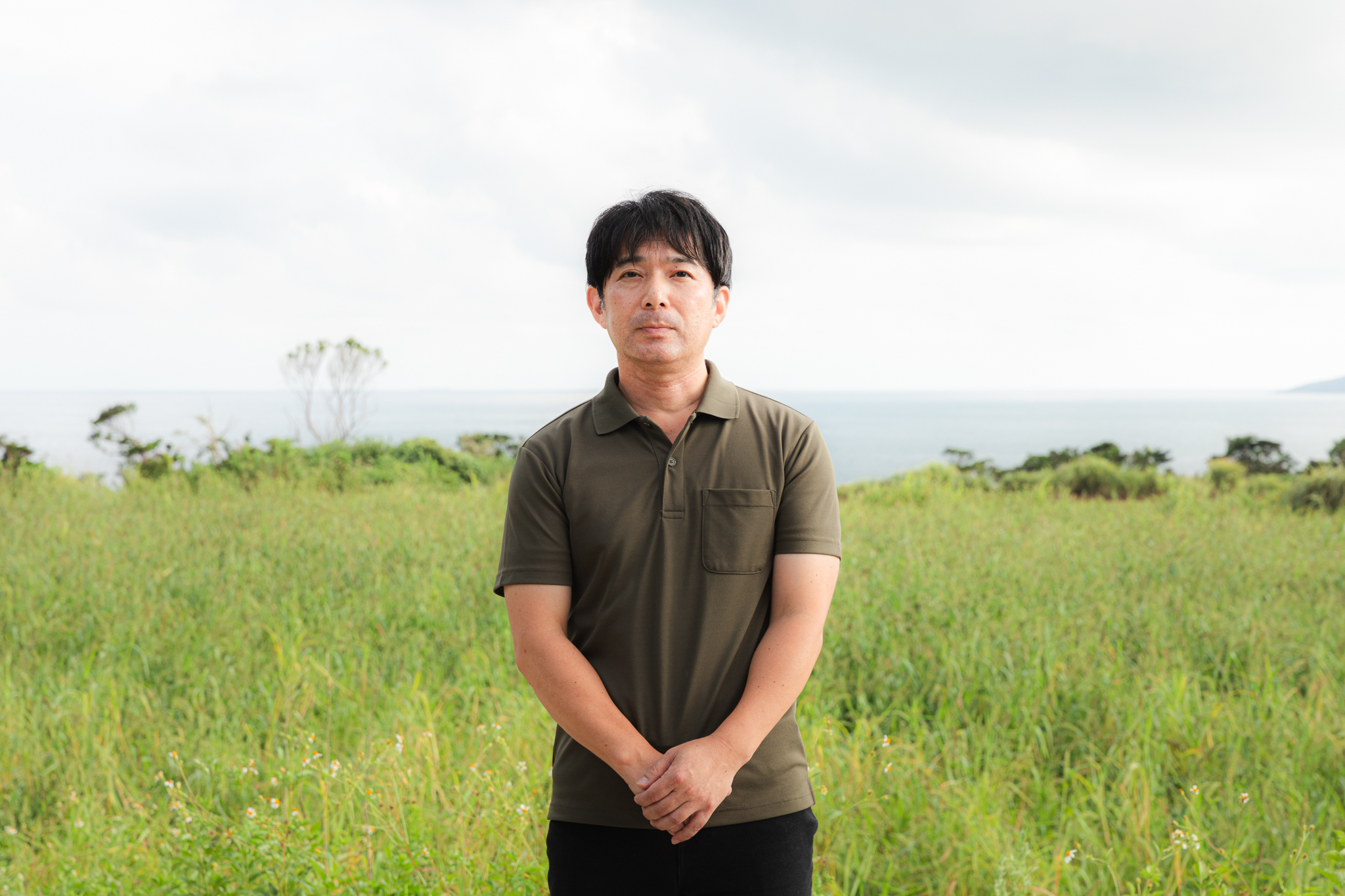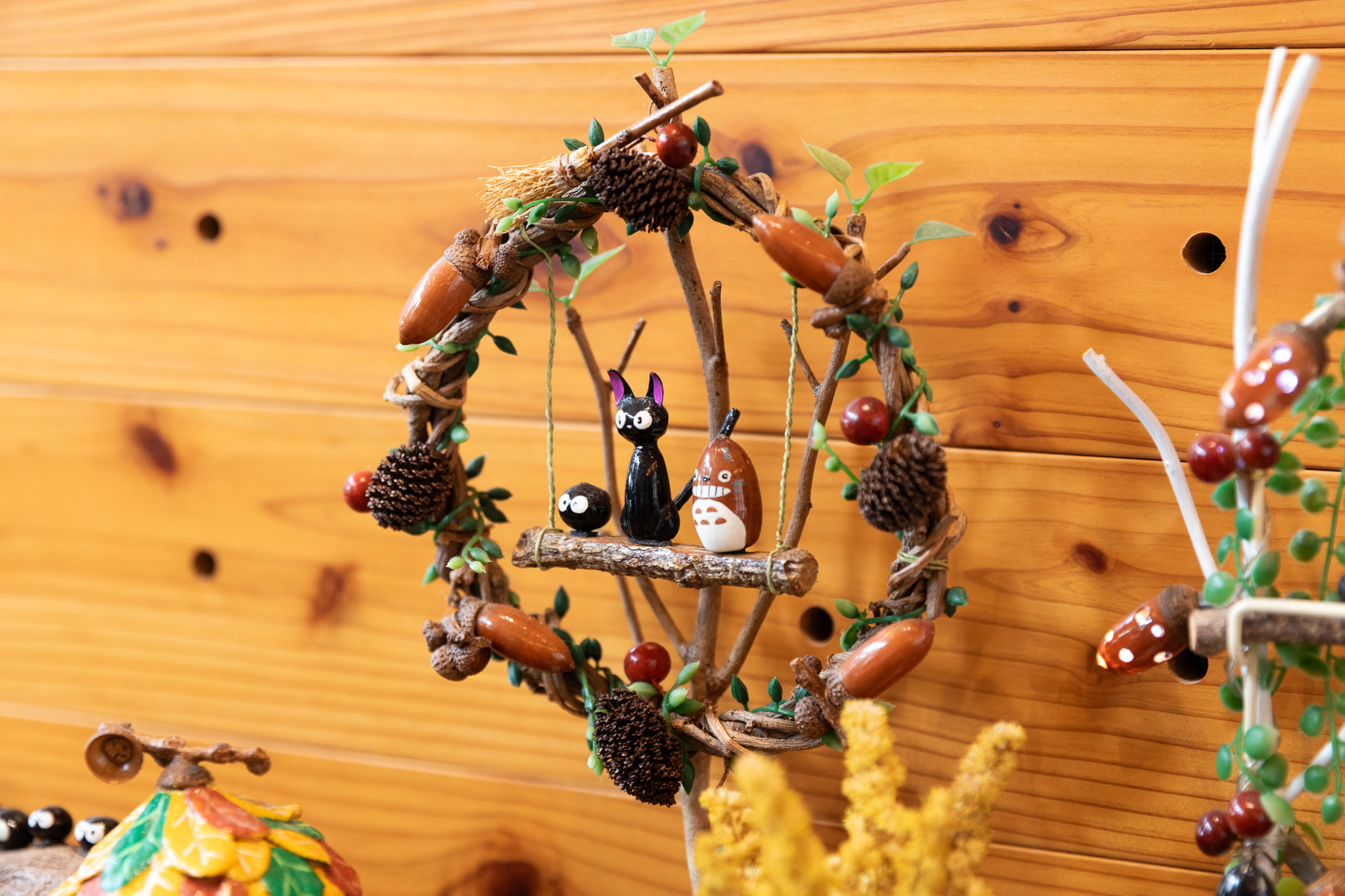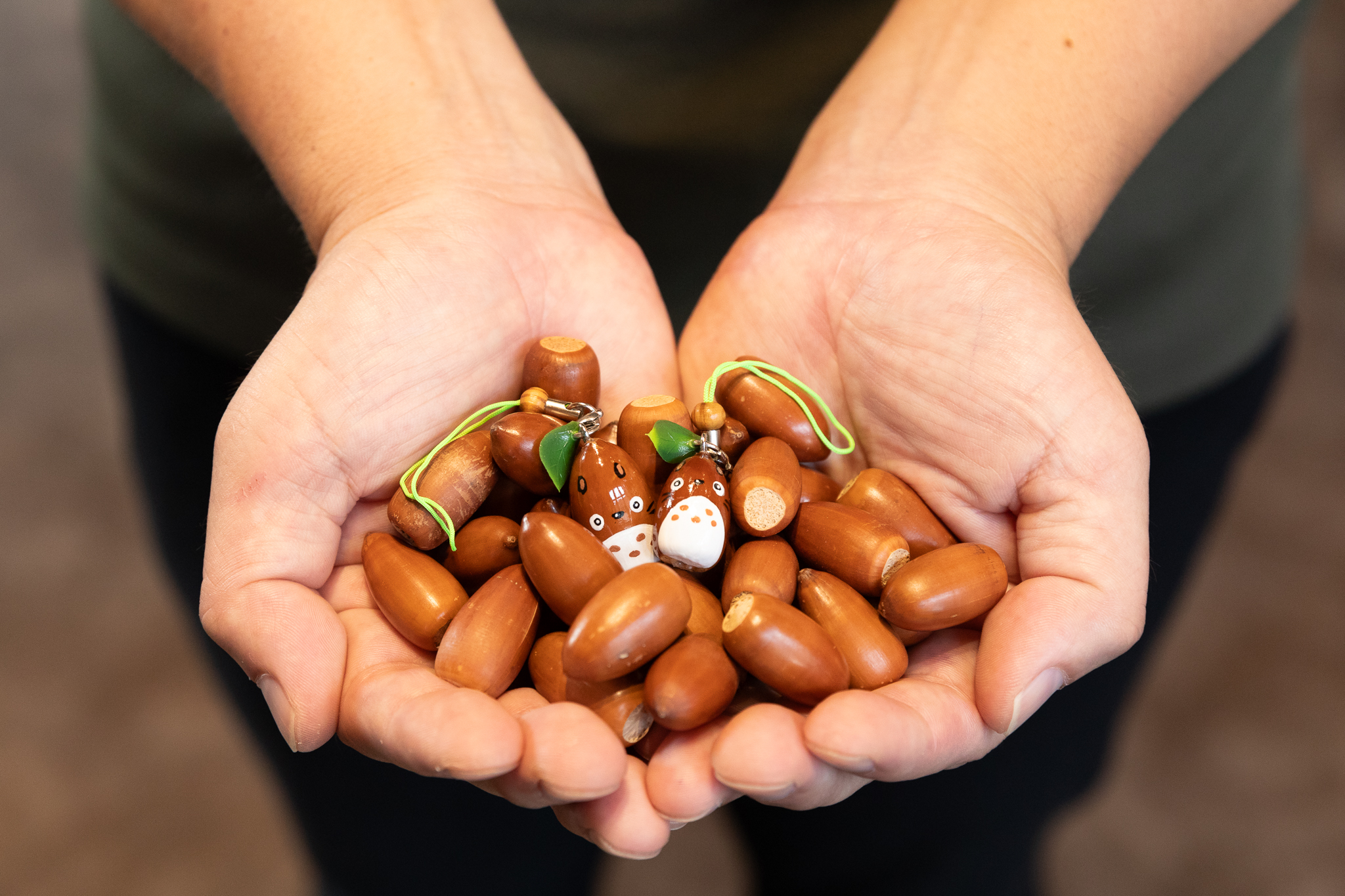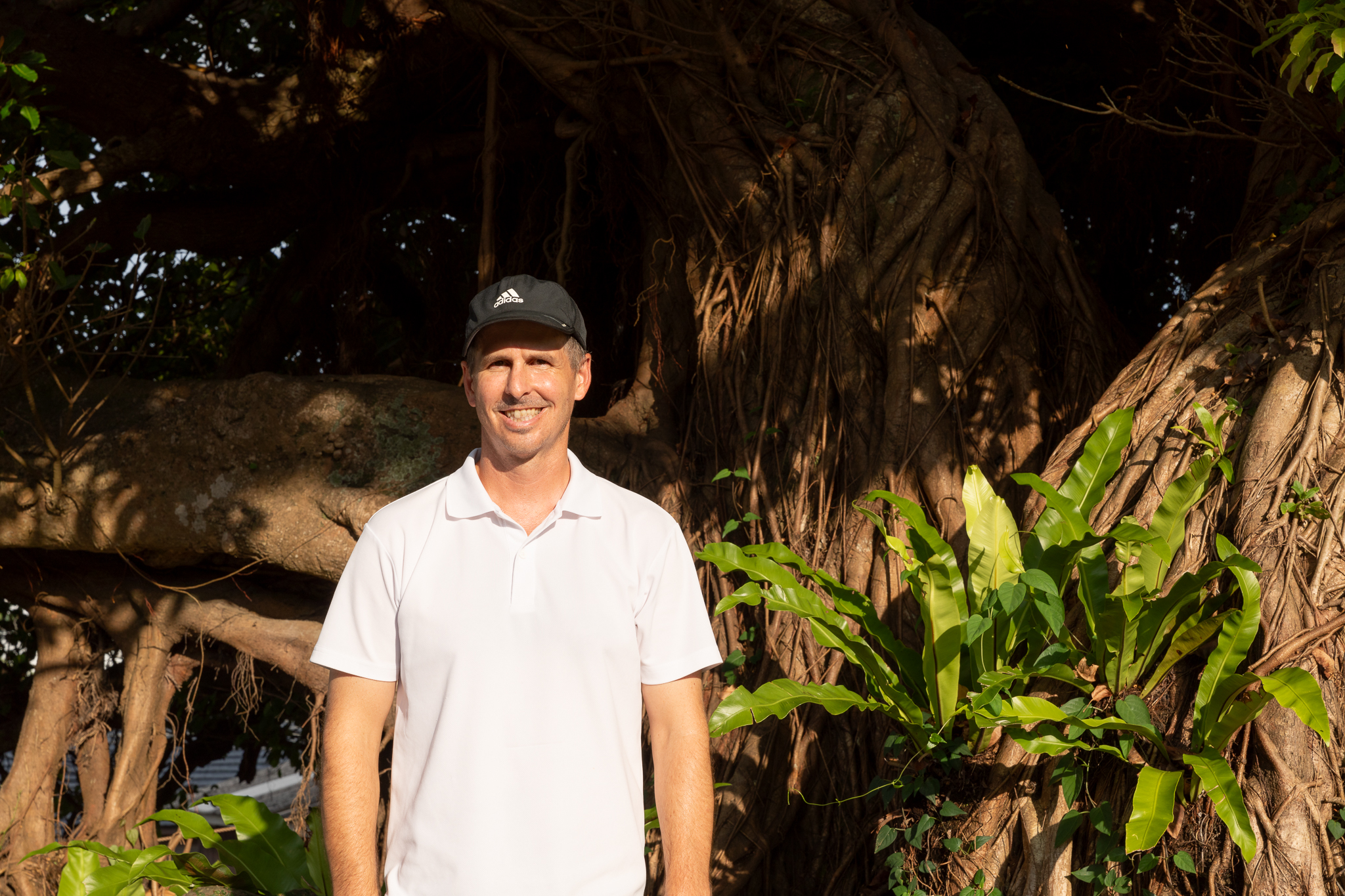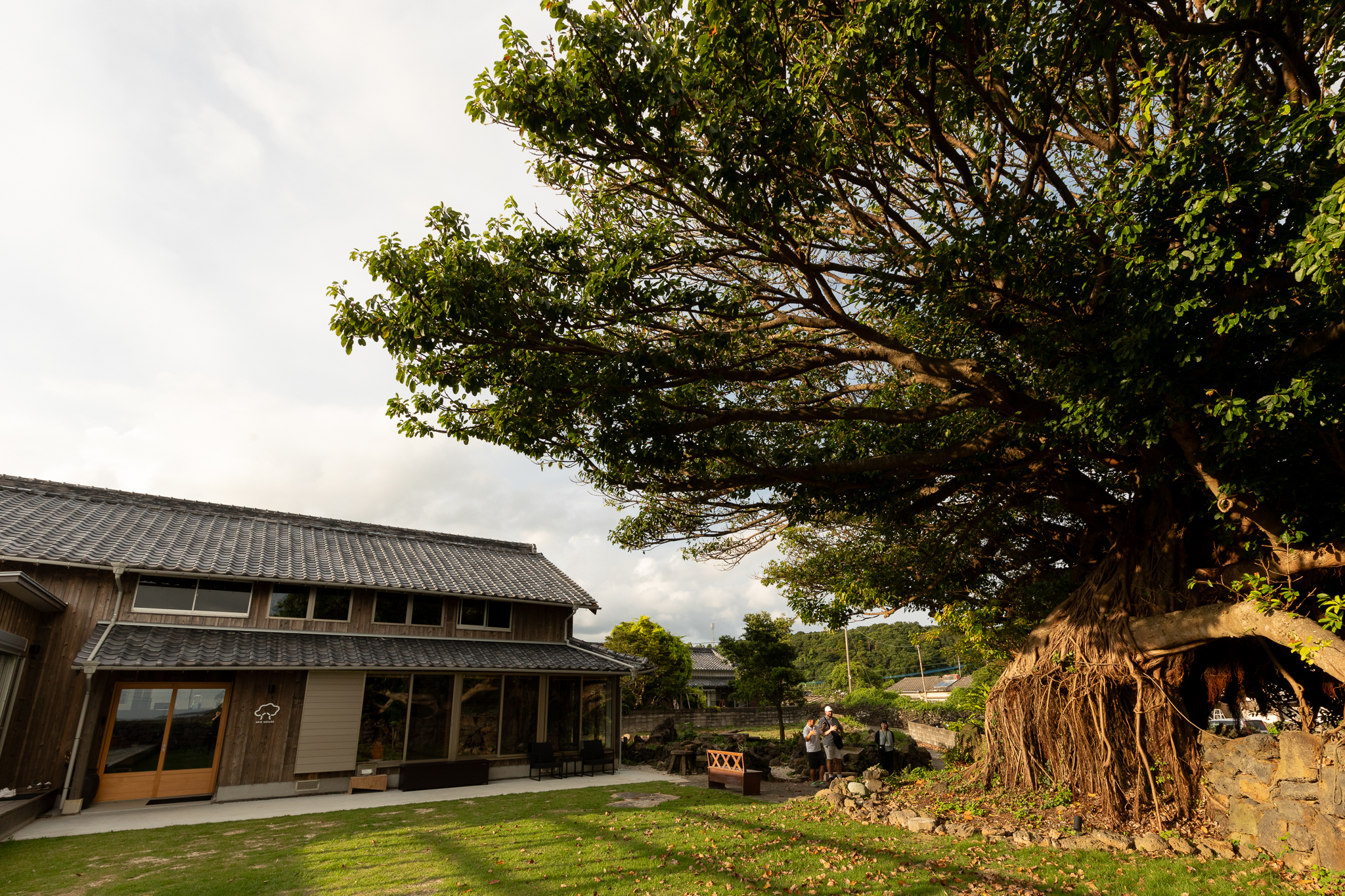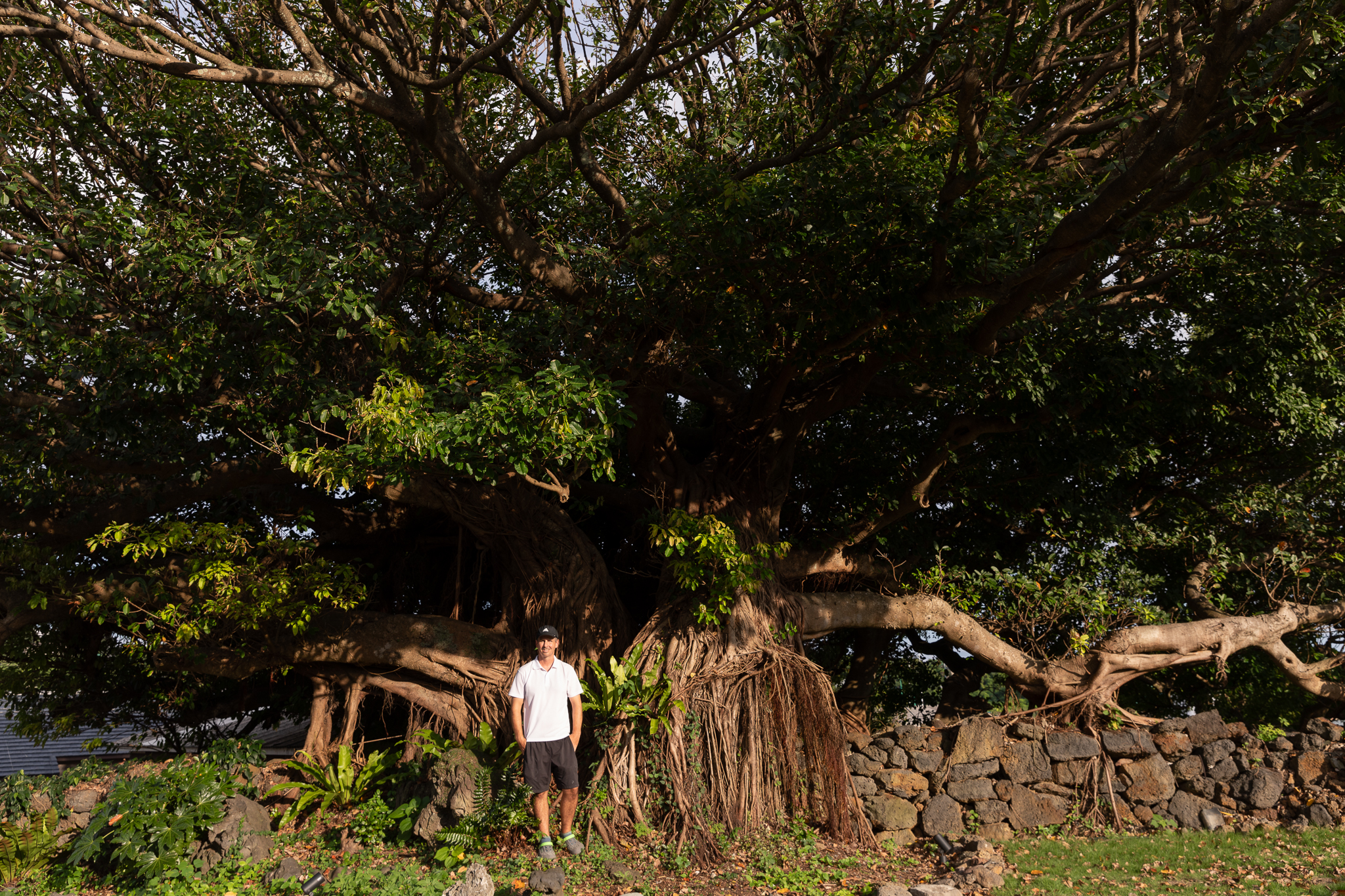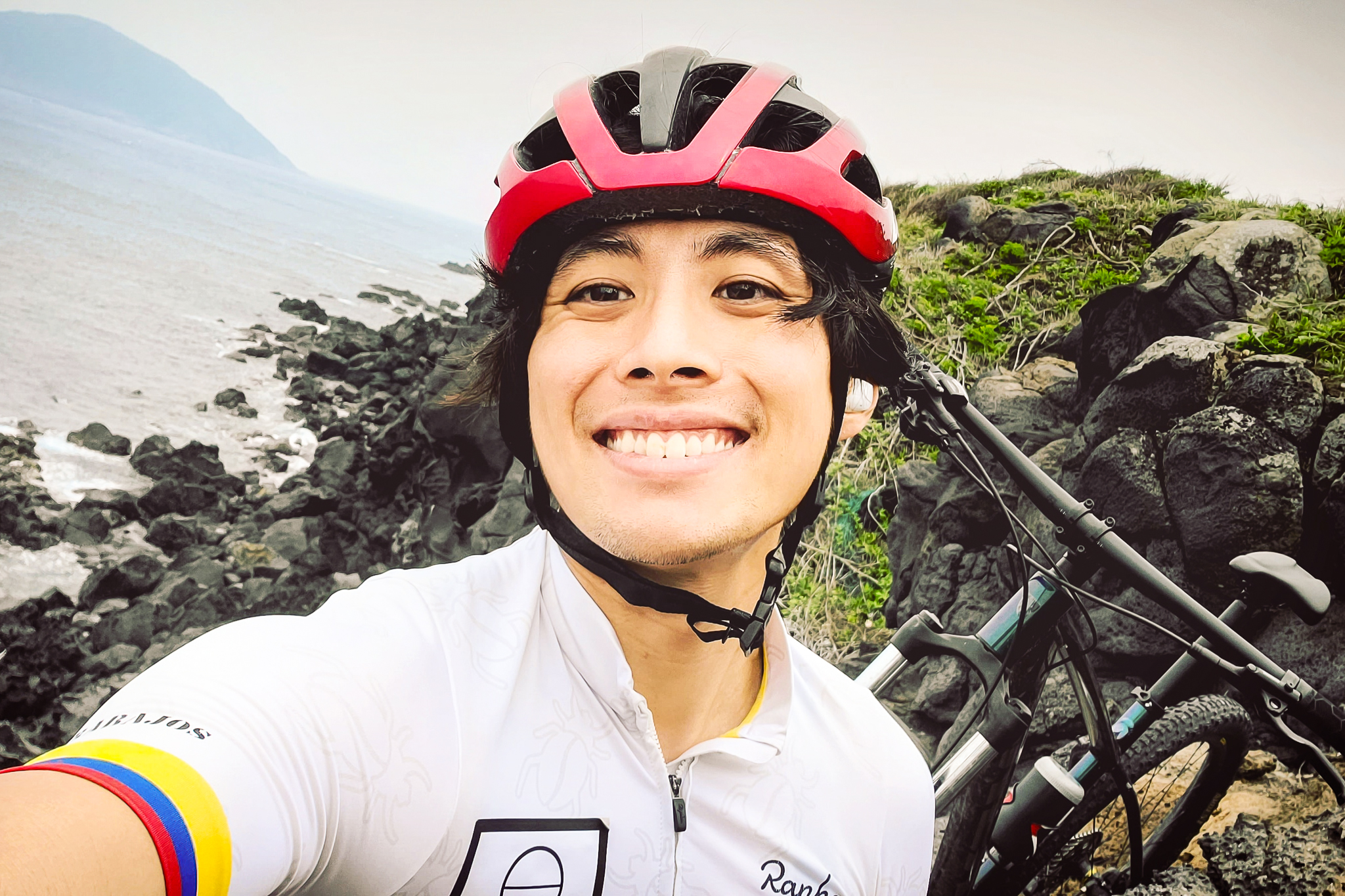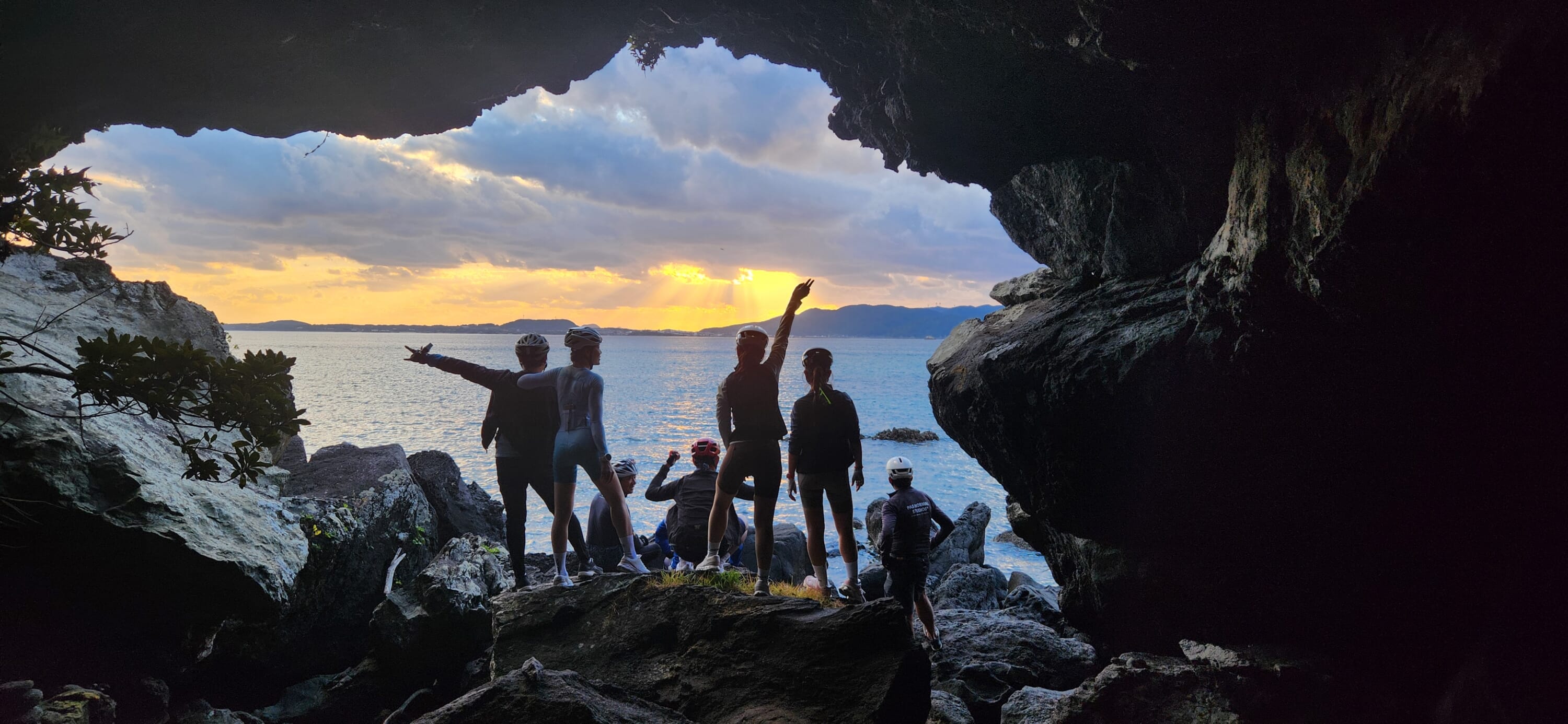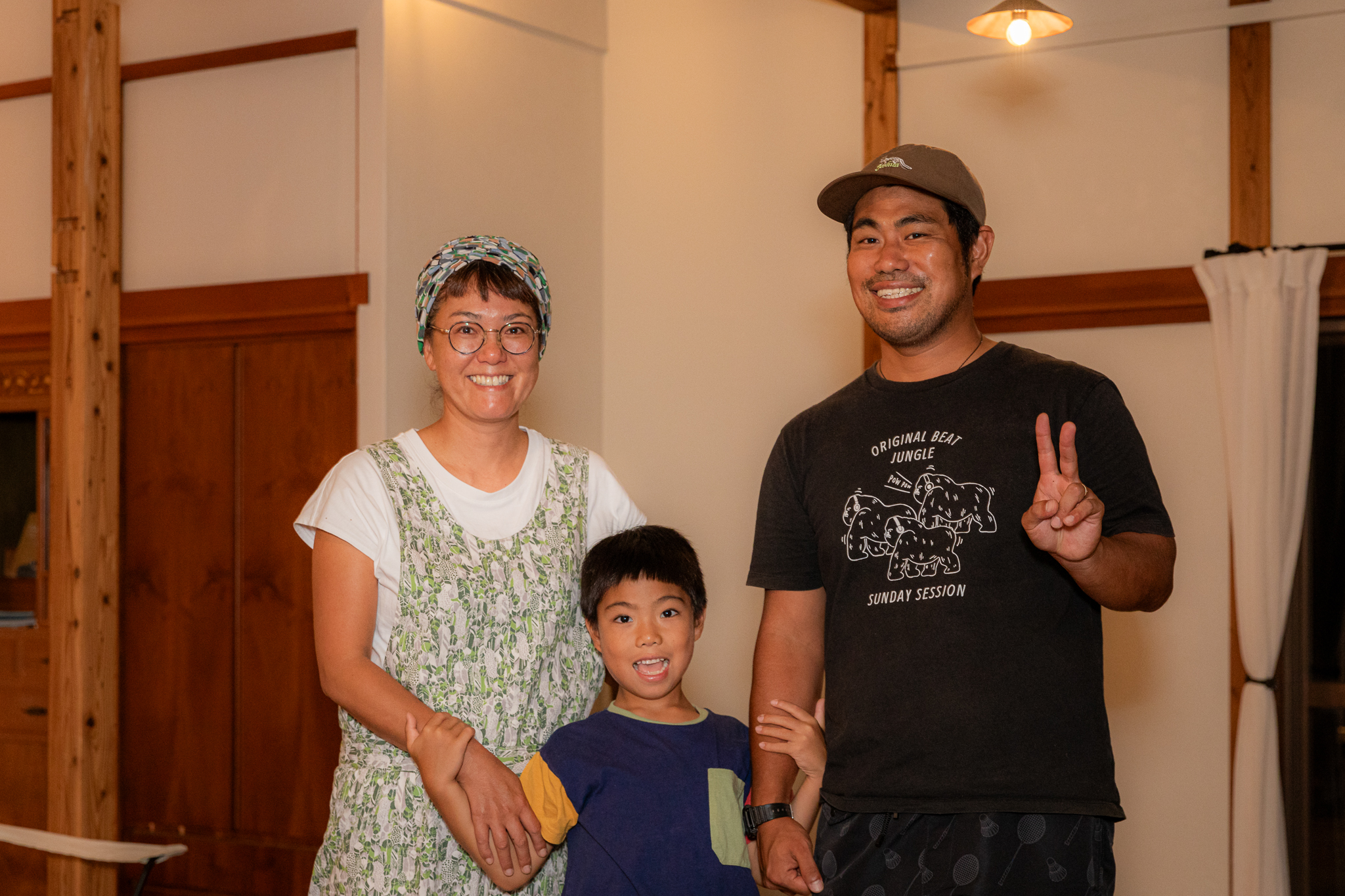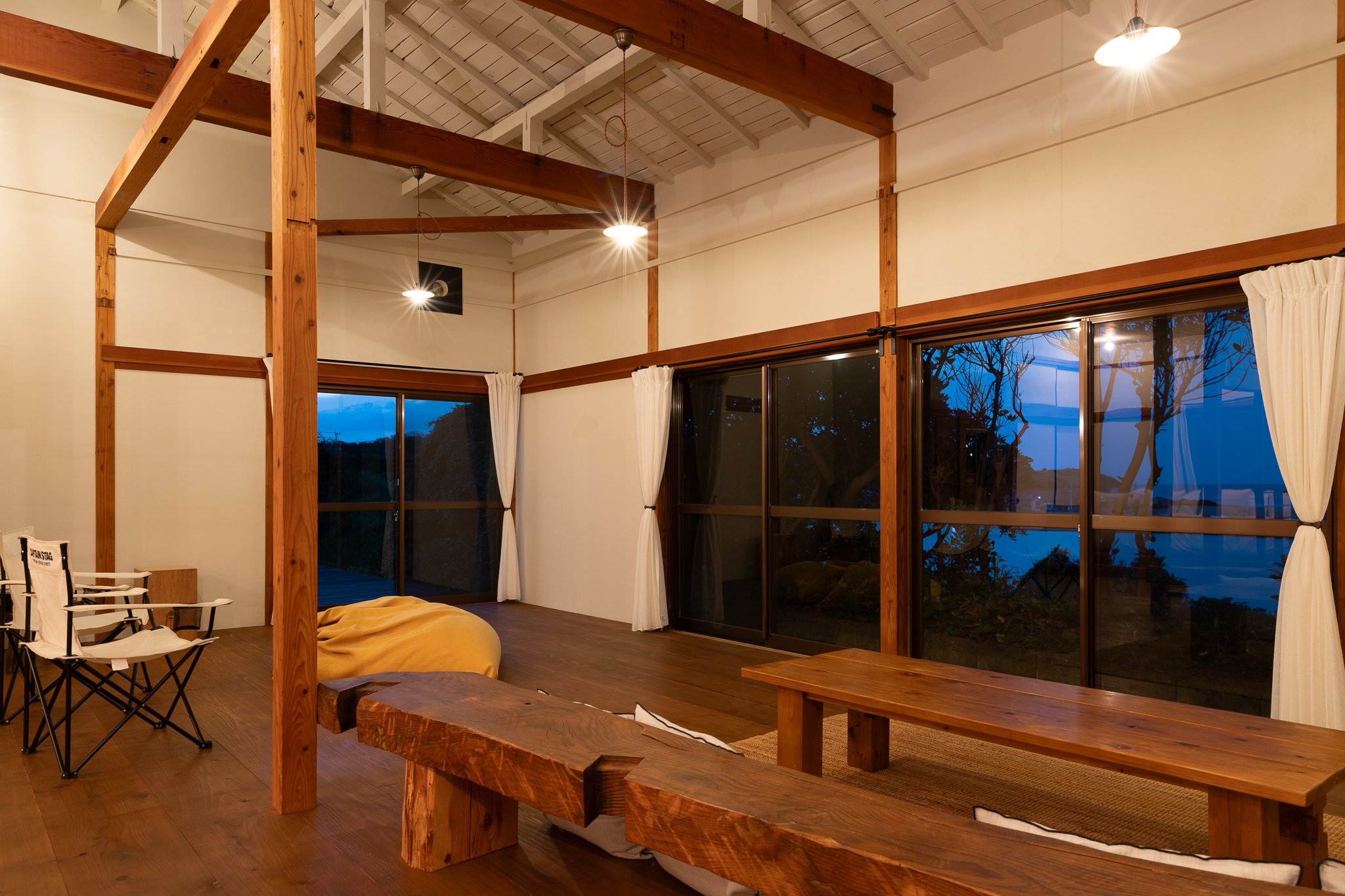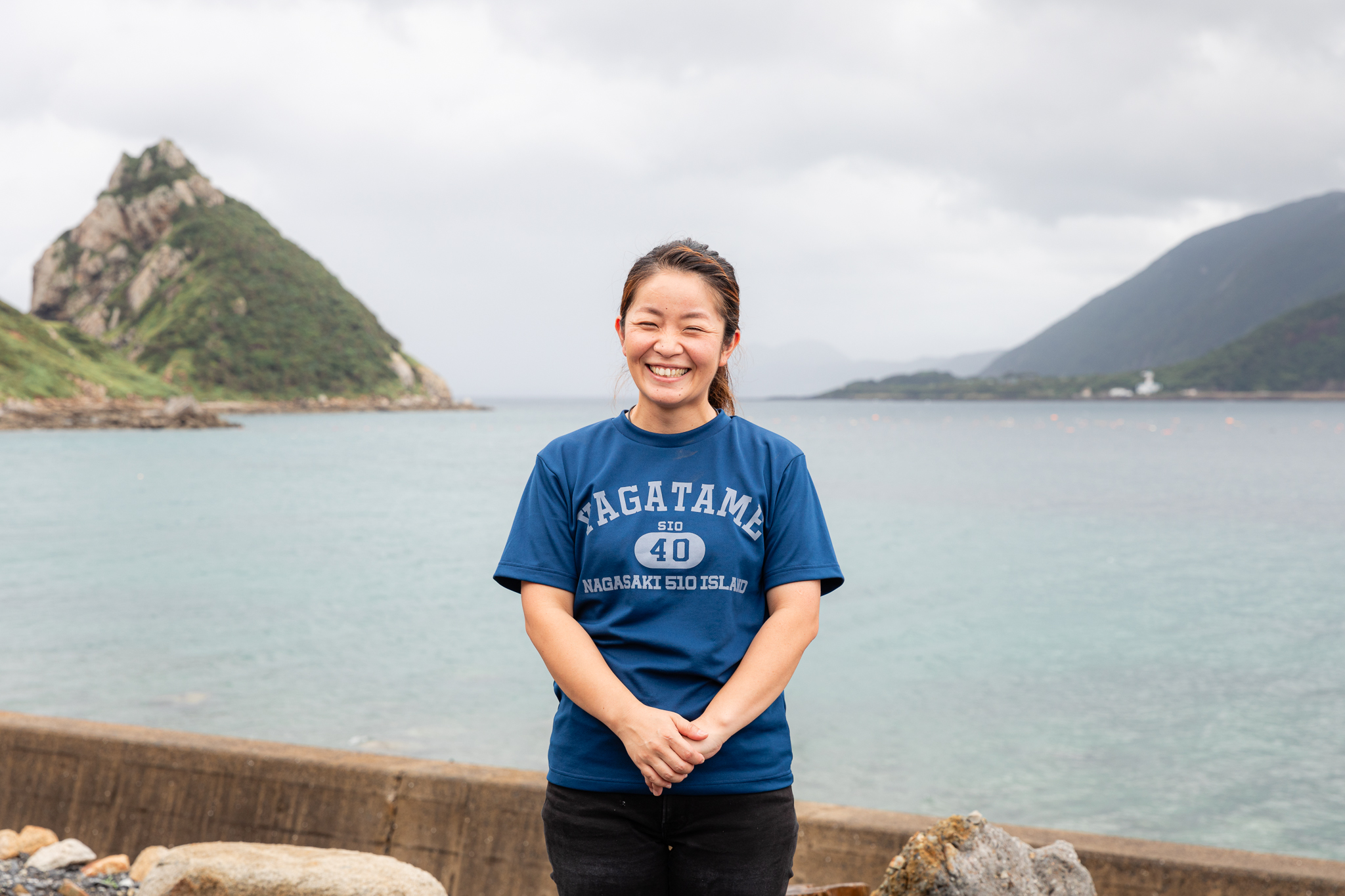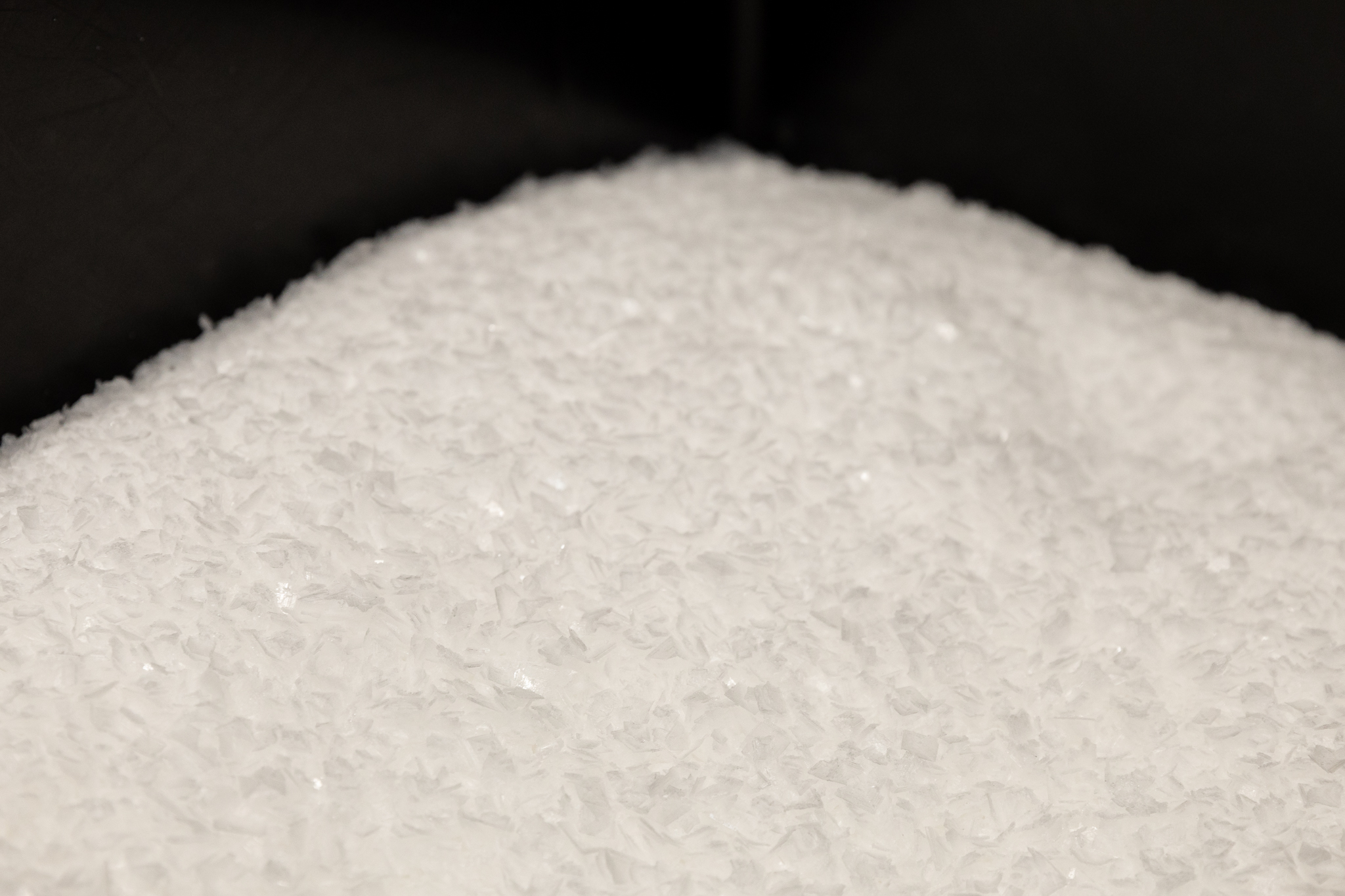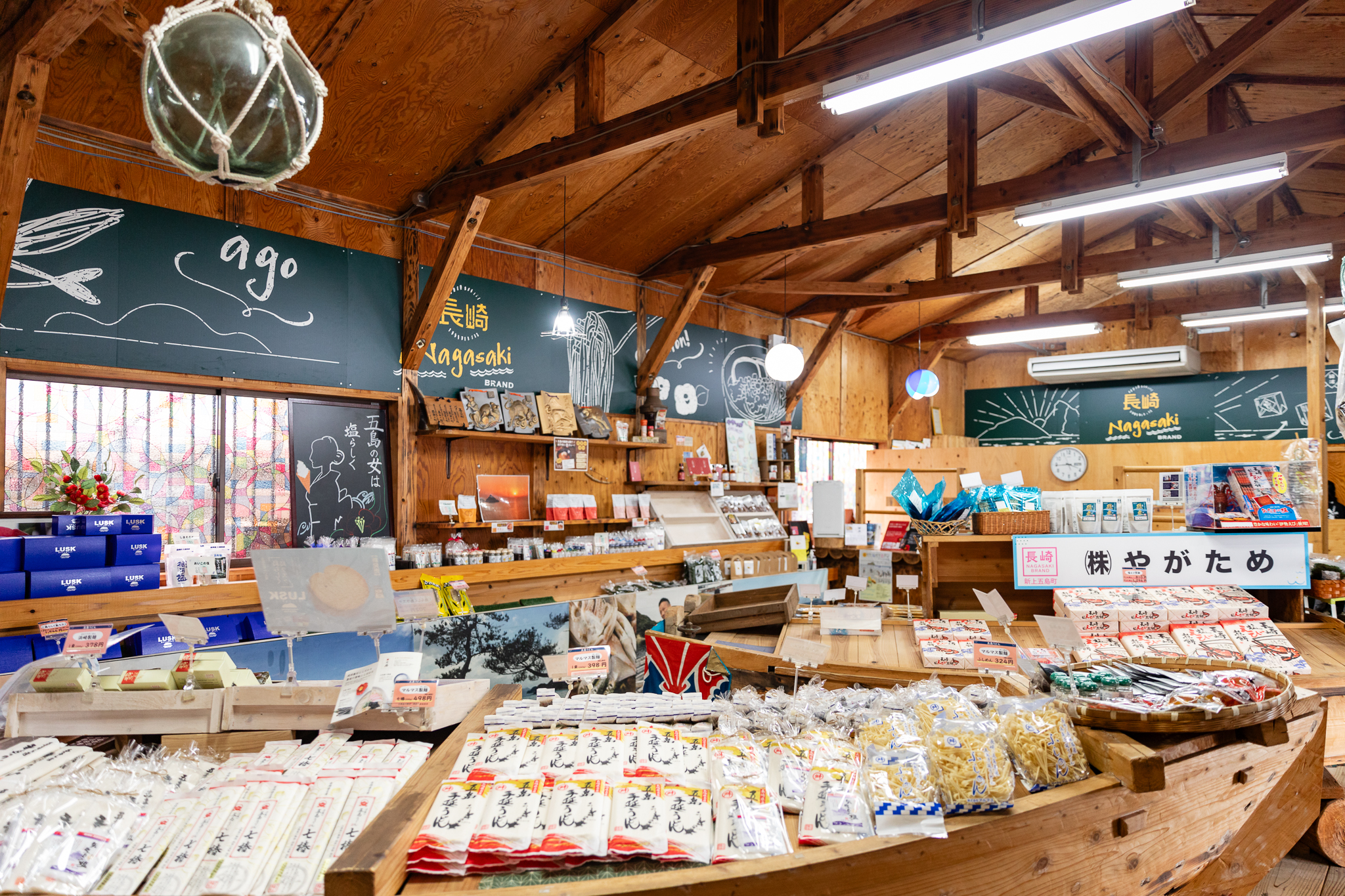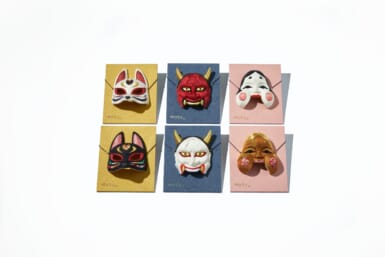Rich in culture, history and traditional crafts, Nagasaki Prefecture is also a treasure trove of islands. The Kyushu prefecture oversees a multitude of enchanting isles off the coast of mainland Japan, including Tsushima, Iki and the Goto archipelago, each of which offers unique experiences and scenery. It would take years to fully understand their individual charms, which is why, on a recent fact-finding mission, Tokyo Weekender decided to speak to the experts: the people who call Nagasaki’s islands home.
The Craftsman Working with the Bounty of Fukue
Goto is an island chain in the East China Sea easily accessible via ferry or plane. Fukue, in the south of the archipelago, is Goto’s principal island and home to many natural wonders — as well as Yoshinobu Isono. A staff member and crafting enthusiast at the Abunze Visitor Center, Isono was born and raised on Fukue and grew up admiring Mount Onidake, a grass-covered volcano and a symbol of Goto.
“Onidake is a place with a lot of memories,” he told us. Today, Isono remains connected to his boyhood fascination by turning the natural bounty of Fukue into works of art.
“We use acorns, dried flowers, pine cones, stones and other things found throughout Fukue to make decorations and fun little art pieces,” he explained. “The acorns are great for making characters from animated movies like Totoro from My Neighbor Totoro and No-Face from Spirited Away. Kids love it. The workshops are very popular with families who enjoy seeing their works displayed in the center.”
The Fukue hobbyist also utilizes the black fruit of the mukuroji, or Indian soapberry tree. The trees are often planted on shrine grounds in Japan, he shared, which gives them an air of mystery that makes for one-of-a-kind art pieces.
The American Who Fought to Save a Tree
“I went around the world six times on Peace Boats and visited a lot of islands,” Nicholas Sutton told us while discussing his past work for the NGO that saw him traveling the globe raising awareness about human rights and environmental issues. When we commented that his choosing Fukue as his home must say a lot about Goto and all that it has to offer, he agreed, saying that he finds the islands’ nature beautiful — but that isn’t what first brought him to the area. What led him to the Goto Islands, and Fukue in particular, was the fact that his wife is a Fukue native.
That’s not all that keeps Sutton on the island, though: There’s also a very special tree — a banyan, or ako in Japanese.
“I’d walk under this banyan tree almost every day for about four years,” he explained, describing the tree as having a Ghibli-esque and mysterious feel to it. “Two years ago, I was walking by, and there’s this demolition company about to cut it down,” he continued.
Shocked, Sutton reached out to the owner of the company but was told that the only way to save the tree was to buy the land around it, which included a dilapidated house. So, Sutton and his wife did exactly that.
Three hundred bags of trash and untold hours of work later, the property was reborn as Ako House, a combination guesthouse, English-learning center and kayak and stand-up paddleboard experience company. “I hope to create a community space here as well where non-Japanese and Japanese people can come together,” he said. “Because you’ve got to come to Goto at least once, and once you do, you will come back again every year.”
If you’re interested in putting Sutton’s faith in Goto to the test or seeing his famous tree up close, you can book a stay at Ako House.
The Cycling Guide Who Became a Local Cave Expert
Will Liew was the second American we met who landed on Goto by chance and immediately fell in love with the islands. A bilingual cycling guide sent to Fukue by Wondertrunk & co., Liew has helped a lot of people get closer to the nature of Goto. “It started with incorporating some camping into the bike tours,” he explained. “And now I also take people to seaside caves where we make campfires, cook food and drink coffee.”
Liew jokingly refers to himself as Goto’s “cave guy,” and at the time of the interview, he was considering putting together a tour to a cave located in the south of the island that, he told us, “nobody knows about.”
Liew has also started introducing his international clients to Japanese culture. “I recently did a zazen (Zen meditation) experience with my friend who is a monk,” he shared. “We start meditating at night, and then we stay in the temple, sleep, and then we get woken up by the monk and meditate more. It’s a very self-healing, self-help experience, and it’s something I want to explore a lot more.”
The Proprietors of an Exceptionally Comfy Rental House on Goto
Yoshikazu Hyodo and his wife, Minori, are not from Goto but found themselves drawn to the islands. “We both love nature, and we wanted our children to live among it,” explained Hyodo. “So we quit our jobs and came to Goto.”
“The sea was so close to our house,” he continued. “We would swim in it every day. The people at the port were also so nice when we first arrived here. They gave us fish. We really loved that kind of atmosphere.”
Later, the couple returned the hospitality they received by creating the rental house Kuroyo. Located in Takasaki, a 50-minute drive from Fukue Airport, Kuroyo is situated by a tranquil stretch of beach whose gentle waves serenade visitors as they barbecue on the deck or relax in the comfort of the rental house’s homey atmosphere. Only one group can stay each night, and the house has but a single bedroom, making for a cozy stay.
“We spent eight months building this house with the help of the island’s traditional carpenters,” Hyodo shared. “But we didn’t leave everything to them. Minori made all the designs herself, and I collected the wood from old houses and painted everything myself. We really put our hearts into it.”
With its traditional touches, modern kitchen and bathroom, and beautiful natural surroundings, Kuroyo is sure to provide you with a stay you’ll never forget.
The Salt Coordinator of Kamigoto
The northern Goto Islands are commonly known as Kamigoto, and they have culinary traditions and customs that are different from what you’ll find on Fukue. Apparently, even their sea is unique — or at least the salt in it is.
“Kamigoto salt has a strong flavor that comes through even in very small amounts,” said Yoh Kawaguchi, salt coordinator for the Yagatame Salt Workshop. “It’s a very robust taste, but it’s also very refreshing.” A native of Kamigoto, Kawaguchi has been working for 13 years at the saltworks where seawater is boiled to make one of the key ingredients for the rice balls she prepares for her family every morning.
During a talk at Yagatame, we learned a lot of surprising things about salt, like how it has seasonal flavors. “The way plankton and minerals enter the water changes a little bit depending on the time of year, which does affect the flavor,” Kawaguchi said. “In spring, you get salt with a slightly lighter taste, while winter salt is much richer.”
We also found out that it takes roughly two weeks for 4 tons of seawater to be turned into 40 kilograms of salt, giving us a whole new appreciation for a hidden world of wonder we never knew existed — but that’s been the theme of our entire Nagasaki island-hopping trip from the get-go.
Check out our other articles in our Exploring Nagasaki series:
More information
Find out more about Nagasaki here.

